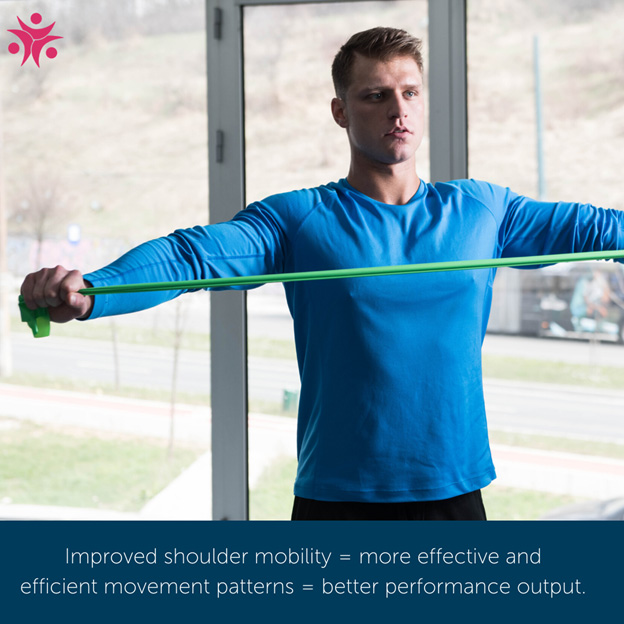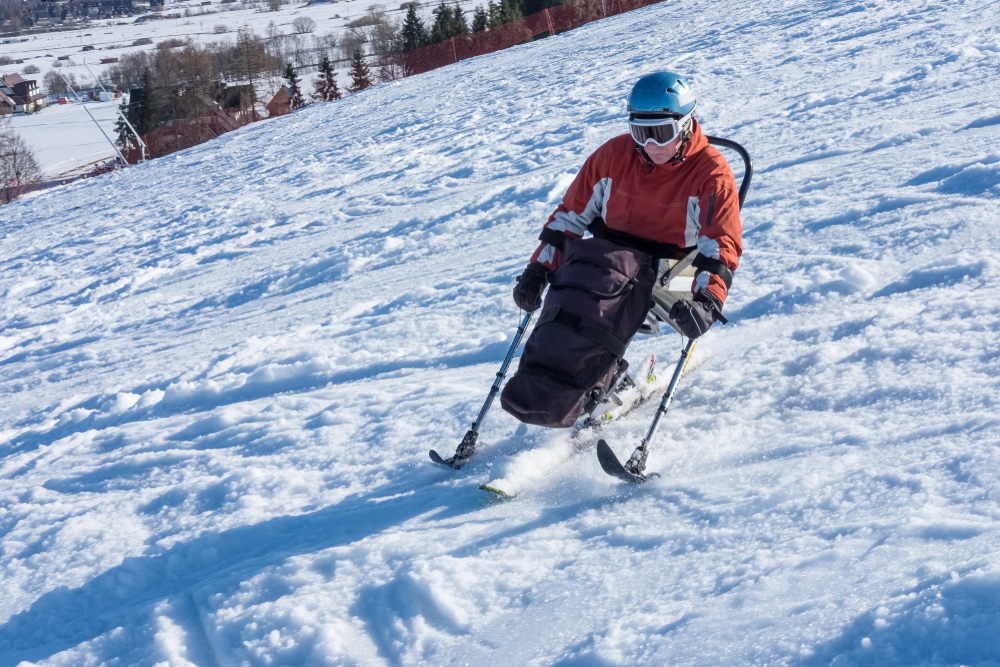Make an Appointment
Have you ever felt that you are quite flexible but when performing a movement or lifting a weight you can’t achieve the range of motion that you want? Can you stretch your muscles and joints a long way but when you have to do it under load that all changes?
We see this at all the time and if this sounds like you then keep reading! Here, we’re going over the difference between flexibility and mobility and furthermore, how to improve the mobility instead of just the flexibility of your joints.
What’s the difference between flexibility and mobility?
Flexibility is simply the amount of range of motion of our joints - i.e how far we can stretch our joints, with no thought to whether we have control in that range of motion or whether the body will actually allow us to access that range of motion during a functional movement.
Mobility refers to the amount of usable motion that one possesses across a particular joint. The keyword here is "usable."
Simply put, Flexibility + Strength = Mobility.
In order to have good mobility, first, you need good flexibility. From there, you can work on better muscular control at the extremities of this range of motion. The more mobile a person is, the more they are able to maximise their movement potential safely, efficiently, and effectively.
Often, people will have less mobility than flexibility because they lack strength or control of the joint at the extremities of their range of motion. Therefore, their nervous system will not allow them to access these extremities of range of motion, especially under load.
Functional Range Conditioning (FRC) is a methodology that utilises the latest advancements in scientific knowledge, combined with tried and tested training methods to increase one's active, usable ranges of motion (AKA your mobility).
It works by systematically expanding the body’s ranges of motion while simultaneously teaching the nervous system how to control the newly acquired ranges. Basically, your passive flexibility is trained so that it’s converted into usable, functional mobility.
This is achieved by taking a joint to the outer limits of your ranges of motion and developing strength at those ranges. These ranges are then worked on daily, making the newly acquired mobility longer-lasting and more readily accessible.

Risks of Ignoring Poor Mobility
Injuries tend to occur when a force or stress placed on the body exceeds the capacity of a particular joint or muscle. This occurs due to a lack of strength and stability at the outer limits of a joint’s motion.
Because Functional Range Conditioning captures passive ranges of motion (flexibility) and converts them into usable, active ranges (mobility), the body goes through a development of strength and resilience in the ranges of motion it is most likely to get injured in, therefore preventing future injuries.
What are CARs and how do they help with mobility?
Controlled Articular Rotations (CARs) are one of the tools used by FRC to achieve these increases in mobility. CARs utilise active rotation movements at outer limits of your range of motion for each individual joint in order to stimulate articular adaptations. CARs also indicate neurological control of the outer ranges for improved joint stability and kinaesthetic awareness.
CARs involve the patient actively moving through their range of motion and utilising their usable range of motion under muscular and neurological control rather than just simply holding a static stretch. CARs are essentially “circular” joint motions and the idea is that each time we try and create a “larger circle” in order to improve control in the outer limits of our usable range.
As we move through broader ranges of motion, forceful contractions send the message that we can control that range and the brain approves. That’s why CARs are controlled with tension. Whipping a joint through a range without forcefully contracting does little to teach the body and brain to maintain it – meaning it may increase flexibility but not mobility.
Each CARs rep should feel like a movement war against yourself. You’re “fighting” to pull the joint through a large range of motion. This creates the teaching tension we’re talking about.
CARs are active rotational movements of joints at the outer limits of articular motion. That is a sophisticated way of saying that the goal is to use the whole range of motion of a single joint in a controlled and mindful manner. It also includes isolating the joint and paying close attention that you don’t “borrow” any movement or range of motion from the surrounding joints or areas.
What makes CARs different from other mobility exercises?
CARs separates itself from other mobility exercises and systems by the isolative nature and even, controlled, and slow movement. All of this comes down to creating the movement with the muscles that use the joint in question. No momentum or other types of “cheating” is allowed. The degree of tension can vary anywhere between approximately a low 20% to a high 100% of your full effort.
This means that CARs can and will be hard work! Doing a single repetition with a full 100% effort while reaching for the last millimetres and degrees of range of motion is very challenging and taxing.
CARs can be performed on almost any joint in the body and is incredibly effective in terms of improving your strength even at the extremes of your range of motion. Whether you’re an athlete or recovering from an injury, CARs is a great place to start.
If you are struggling with your mobility and can't seem to get on top of it, come in and see one of our friendly physiotherapists at Physio Inq.
If you prefer to be in the comfort of your own home and surrounds why not try and book in with one of our home physiotherapists online.
If you prefer heading into one of our clinics, check out some of our current clinics across Australia.
Date Published: Wednesday, December 18, 2019
Locate a Mobile Physiotherapy
Service Near me
Get the experience & convinence you deserve to support your or a loved one's allied health needs.
Our Mobile Physiotherapy team are currently serving & taking appointments in the following states and regions in Australia:
Need to get into direct contact with ur Client Services team? We're all ears. Call our team directly on 1300 731 733










